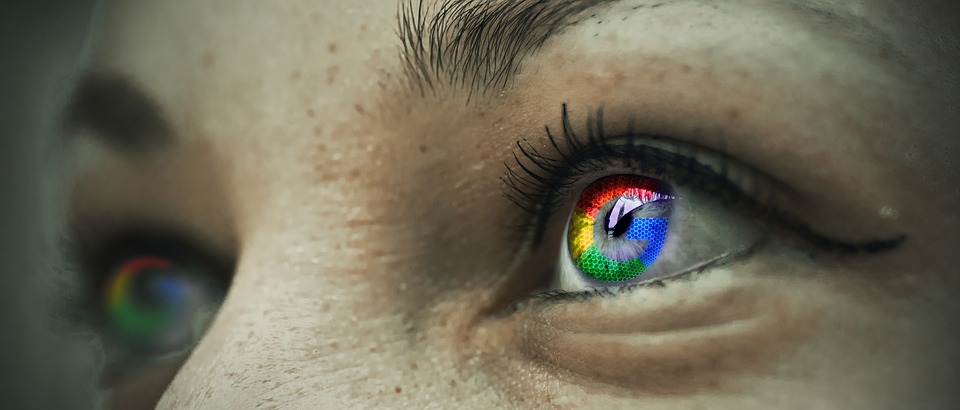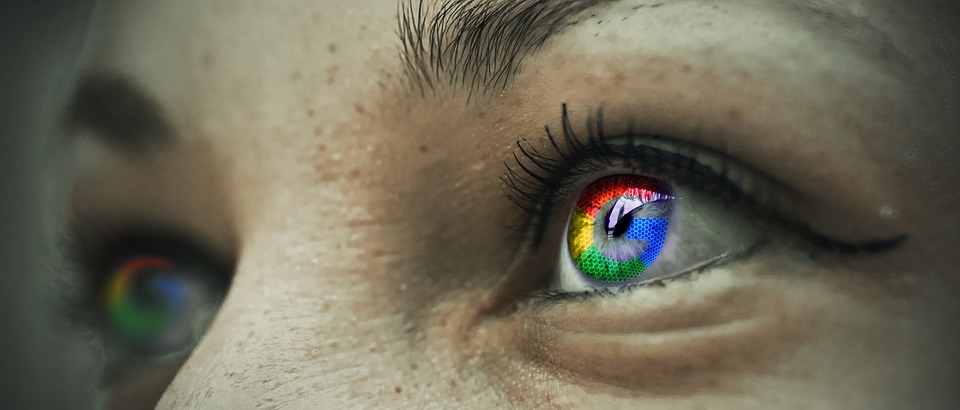Study suggests a direct link between screen time and ADHD in teens
10/06/2018 / By Zoey Sky

Adding to the list of health concerns associated with excessive screen time, one study suggests that there could be a link between the length of time teenagers spend online and attention deficit hyperactivity disorder (ADHD).
The two-year study, which was published in the Journal of the American Medical Association (JAMA), observed more than 2,500 high school students from Los Angeles.
Digital media and the attention span of teenagers
A team of researchers analyzed data from the teenagers who had shorter attention spans the more they became involved in different digital media platforms for the duration of the experiment.
The JAMA study observed adolescents aged 15 and 16 years periodically for two years. The researchers asked the teenagers about the frequency of their online activities and if they had experienced any of the known symptoms of ADHD.
As the teenagers’ digital engagement rose, their reported ADHD symptoms also went up by 10 percent. The researchers noted that based on the results of the study, even if digital media usage does not definitively cause ADHD, it could cause symptoms that would result in the diagnosis of ADHD or require pharmaceutical treatment.
Experts believe that ADHD begins in the early stages of childhood development. However, the exact circumstances, regardless if they are biological or environmental, have yet to be determined.
Adam Leventhal, a University of Southern California psychologist and senior author of the study, shared that the research team is now analyzing the occurrence of new symptoms that were not present when the study began.
Other studies about digital engagement have implied that there is an inverse relationship with happiness. The less people used digital media, the more they reported feeling an overall sense of happiness. (Related: The social media paradox: Teens who are always online feel more lonely.)
The researchers concluded that the teenagers might have exhibited ADHD symptoms from the outset due to other factors. However, it is possible that excessive digital media usage can still aggravate these symptoms.
Fast facts about ADHD
ADHD is a neurodevelopmental disorder that is commonly diagnosed in children. However, it can also be diagnosed in older individuals. ADHD can be difficult to diagnose. Since several symptoms of ADHD are similar to normal childhood behaviors, the disorder itself can be hard to detect.
The symptoms of ADHD may include forgetting completed tasks, having difficulty sitting still, having difficulty staying organized, and having trouble concentrating or focusing.
- Men are at least three times more likely to be diagnosed with ADHD than females.
- During their lifetimes, at least 13 percent of men will be diagnosed with ADHD, as opposed to only 4.2 percent in women.
- The average age of ADHD diagnosis is seven years old.
- The symptoms of the condition will usually manifest when a child is aged three to six years old.
- ADHD is not solely a childhood disorder. At least four percent of American adults older than 18 may have ADHD.
This disorder does not increase an individual’s risk for other conditions or diseases. However, some people with ADHD, mostly children, have a higher chance of experiencing different coexisting conditions. These can make social situations, like school, more difficult for kids with ADHD.
Some coexisting conditions of ADHD may include:
- Anxiety disorder
- Bed-wetting problems
- Bipolar disorder
- Conduct disorders and difficulties (e.g., antisocial behavior, fighting, and oppositional defiant disorder)
- Depression
- Learning disabilities
- Sleep disorders
- Substance abuse
- Tourette syndrome
Minimize your child’s ADHD risk by reading more articles with tips on how to manage their internet use at Addiction.news.
Sources include:
Tagged Under: addiction, adhd, adolescents, Attention deficit hyperactivity disorder, badtechnology, brain health, computers, digital media, Facebook, gadgets, Glitch, happiness, internet, mental health, mobile devices, mobile phones, online activity, screen time, Smartphones, Social media, technology, teenagers

















